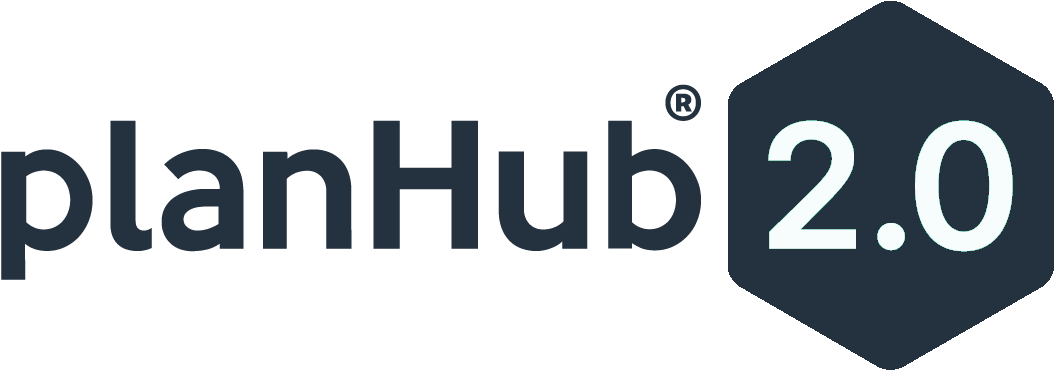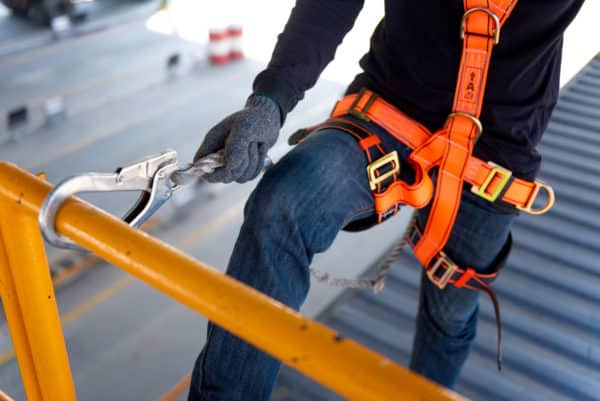In 2019, about 20% of worker deaths were in the construction industry. Construction is considered one of the most dangerous industries for workers. Safety is a top priority for contractors on any job site. With construction bidding websites you can create a safe construction site that saves companies money, keep projects on schedule, and protects workers and the public. Here are some tips to keep your job site and your workers safe.
The importance of job site safety
Jobsite safety is important for a number of reasons. It protects workers and the public from construction site hazards, improves production rates, prevents project delays, and helps keep costs low. Safety in construction is very important.
A company’s number one asset is its people. The cost to replace a skilled worker in the construction industry can be as high as 200% of their annual salary and can take a long time, especially with today’s shortage of workers. Protecting skilled workers is vital to the success of any contractor.
Many projects interface with the public, so contractor leadership on construction projects must keep the public safe, as well as their workers. This often means taking an additional safety measure to address potential hazards or performing work in a way that keeps the public safe.
Injuries that cause lost time can impact construction productivity. A production slowdown affects the project schedule and can cause delays. Delays are costly for all parties on a project.
Injuries cost companies money, from medical expenses to lost time to higher insurance premiums. With profit margins as small as 1 to 3%, contractors can’t afford to absorb these costs. A serious injury on-site can cost a company $120,000 or more in direct and indirect costs.
Construction safety tips
1. Use proper PPE
Personal protective equipment (PPE) is designed to prevent injuries and keep workers safe. However, if workers don’t wear it, or wear it improperly, they run the chance of getting injured. The number one cited OSHA violation is lack of fall protection PPE. Fall protection harnesses and lanyards help prevent falls from height and keep workers safe. Safety glasses and wearing a hard hat help prevent eye injuries and head injuries, respectively. Workers should be trained on the correct use of PPE and be required to protective gear when construction site hazards are present.
2. Don’t modify tools
Many power tools and other construction equipment used by contractors are built with guards and other safety measures to prevent injuries to workers. Workers sometimes remove these guards and safety measures when using the equipment. Construction equipment and tools should be regularly inspected and shouldn’t be used if guards and safety measures are missing.
3. Keep the job site clean
Debris and trash on the job site can create a potential tripping hazard for workers. Debris should be cleaned up regularly to prevent injuries and building material contamination. Keeping the job site clean also gives it a professional look.
4. Train workers properly
Employees should be properly trained for each phase of the construction project. This includes safety and professional training. For example, a contractor may require every employee to participate in basic safety training, like the OSHA 10-hour program. This education is available online for a reasonable price. Supervisors may have additional safety training, like the OSHA 30-hour program. All workers should be trained in CPR and first aid so they can respond in an emergency. Workers should also receive instruction and training specific to their job and the equipment or tools they will be operating.
5. Use ladders and scaffolding properly
Workers should be educated about the proper use of ladders and scaffolding on the job. There are many different ladder types and lengths, and workers should know how to properly choose and use them. They also need to know how to properly set up and use scaffolding. This will help prevent injuries and falls on the job site.
6. Use electricity safely
Electricity can be a potential hazard when not used correctly on the job site. Workers must use only properly grounded cords and cables, specifically designed for the amount of power they will carry. Damaged cords and cables should be replaced as soon as possible. Workers shouldn’t bypass electrical safety features.
7. Inspect equipment and tools regularly
Equipment and power tools should be inspected on a regular basis to ensure that they can be used properly in the way intended by the manufacturer. Look for frayed cords and missing guards. Each safety measure should be attached and operable. If a problem is found, the equipment or tool should be decommissioned or repaired as necessary before further use.
8. Use chemicals safely
Safety data sheets (SDS) should be gathered for all chemicals used on-site, or contractors may subscribe to an SDS service, where this is allowed. SDS must be readily available in case a construction worker is exposed. Each worker using chemicals or dangerous substances should be trained on properly using that chemical, including proper disposal.
Safety is the number one priority in construction. Using our general contractor software free of charge, you can protect your workers and the public, ensure projects stay on schedule, and keep costs down. The tips above will also help make safety a priority on any job site.
In conclusion, recognizing the critical importance of construction safety and diligently applying construction safety tips are essential for safeguarding construction workers and promoting a secure working environment. By consistently prioritizing construction worker safety through measures such as regular equipment inspections, the proper utilization of personal protective equipment (PPE), and the adherence to construction site safety tips, we can significantly mitigate the potential risks of accidents and injuries. The collective commitment to construction safety not only preserves the well-being and lives of construction workers but also contributes to the overall success and efficiency of the project. It is through the conscientious implementation of construction safety measures that we can foster a culture of awareness and responsibility on the construction site, ensuring a workspace where everyone can flourish while upholding the highest standards of safety. Remember, investing in construction safety is investing in the future well-being of those dedicated individuals who play a crucial role in shaping our built environment.




